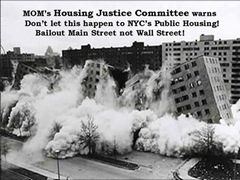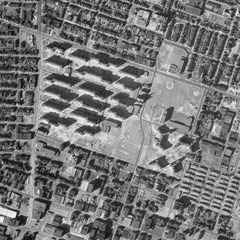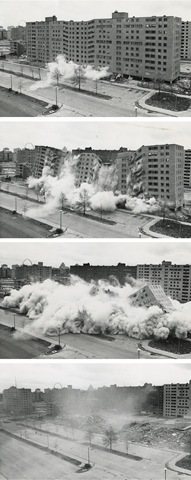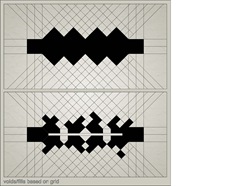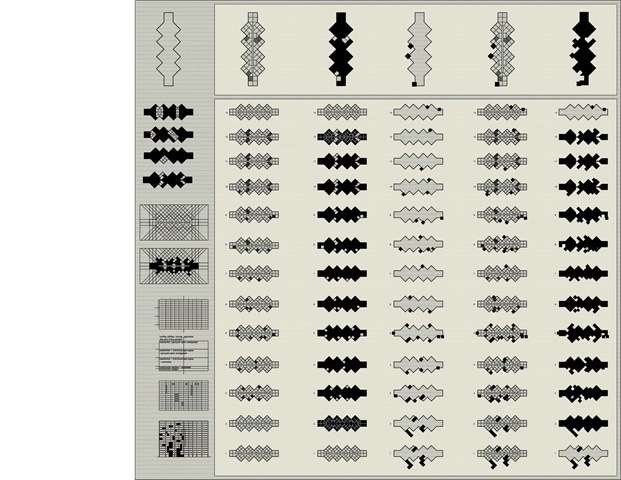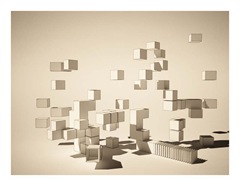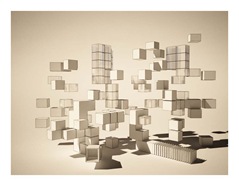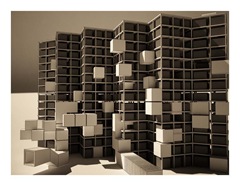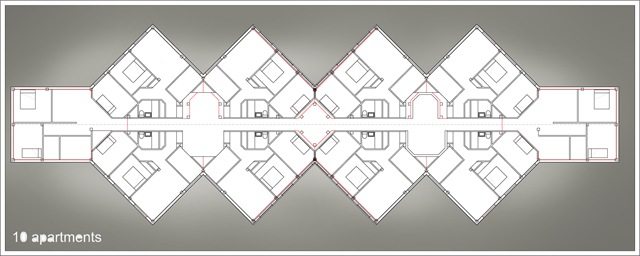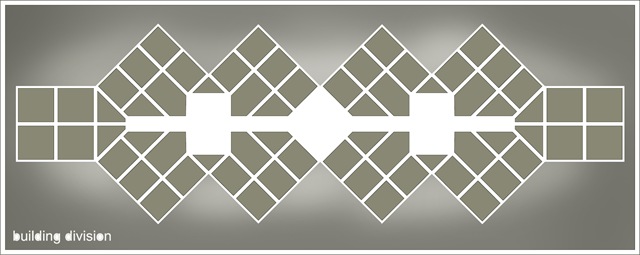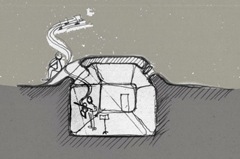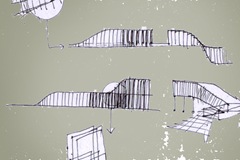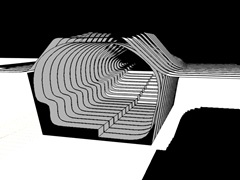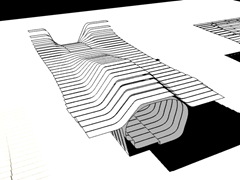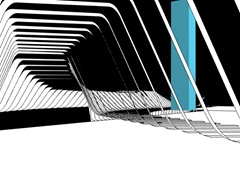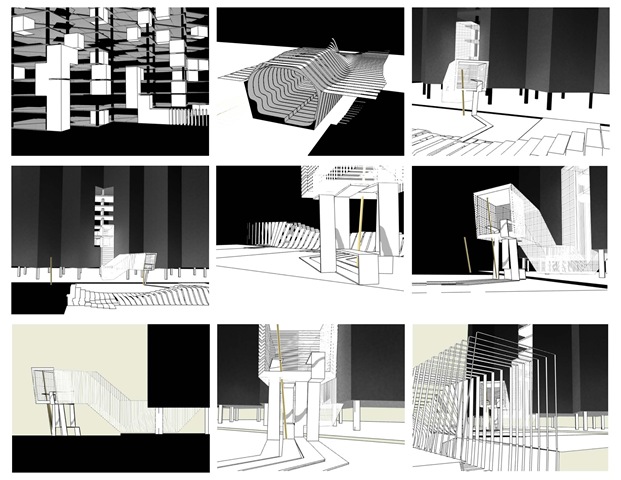According to a previous post here (from 1950 to 2010) this project as the rest in NYC seems to be isolated not only in terms of location and accessibility but in terms of time as well. So here is depicted how a mute structure would start change through time for people’s needs. It has to be a process that will be based on how the community’s needs will change. As the rest of the city is developing, we can the significant changes through history that mean something for the present, revealing to us the nature of each specific period.

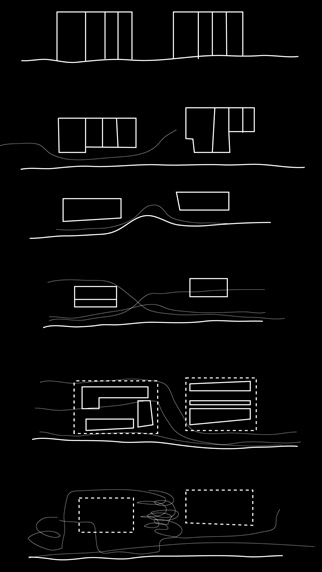 “We need a way to live, a lifestyle that allows us to thrive within our ecological means, a mode of existence not unlike what Mannahatta’s residents once knew in terms of sustainability and respect. As you will see, Mannahatta supported enormous numbers of living beings with diverse appetites and remarkable requirments; it did so powered entirely by the sun and through efficient recycling if its resources. The people who lived on Mannahatta had a profound effect on the landscape, but not one that excluded other creatures or was beyond the power of the landscape to accommodate over time. Mannahatta succeeded because of the extraordinary diversity of life-forms and the concentration of interactions and dependencies among them, much like NYC succeeds because of the extraordinary diversity of talents and interests among its people, concentrated and energized by the urban landscape. Cities are ecosystems – ecosystems dedicated to people.”
excerpt from the book “Mannahatta, A Natural History of New York City”
“We need a way to live, a lifestyle that allows us to thrive within our ecological means, a mode of existence not unlike what Mannahatta’s residents once knew in terms of sustainability and respect. As you will see, Mannahatta supported enormous numbers of living beings with diverse appetites and remarkable requirments; it did so powered entirely by the sun and through efficient recycling if its resources. The people who lived on Mannahatta had a profound effect on the landscape, but not one that excluded other creatures or was beyond the power of the landscape to accommodate over time. Mannahatta succeeded because of the extraordinary diversity of life-forms and the concentration of interactions and dependencies among them, much like NYC succeeds because of the extraordinary diversity of talents and interests among its people, concentrated and energized by the urban landscape. Cities are ecosystems – ecosystems dedicated to people.”
excerpt from the book “Mannahatta, A Natural History of New York City”
The picture here represents an idea of how the water element can act as a background feature in combination with a new “intervention” at the site. A possible combination here can be a theater since there is a seniors place at the vicinity.
Below there is a rendering with the basic structure of the building combined with the attachable devices working either as public spaces or as extensions of the apartments.

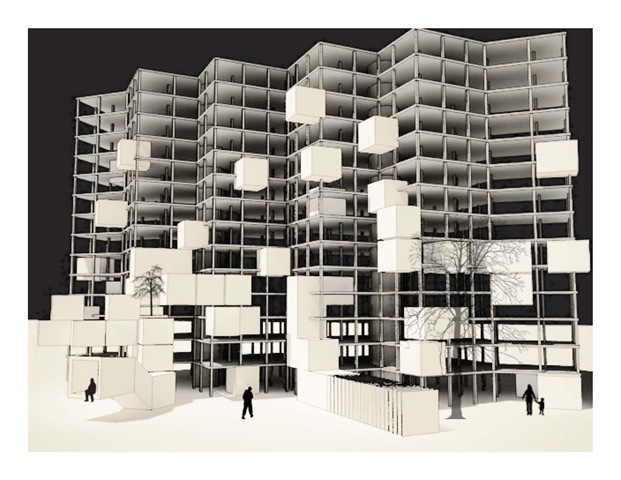
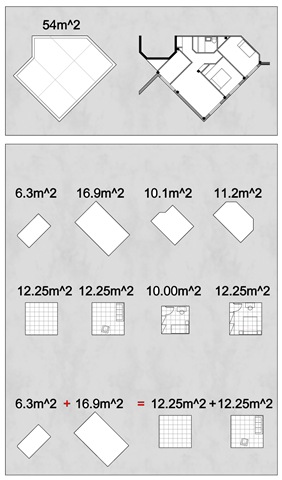
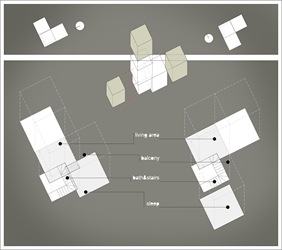 These diagrams represent possible solutions for the new attached parts. With these prefabricated components, new rooms can be added to existing apartments.
These diagrams represent possible solutions for the new attached parts. With these prefabricated components, new rooms can be added to existing apartments.

 Almost the 20% of the people living at Baruch Houses are coming from a foreign country. Most of them are families with children and there is a big percentage of unmarried mothers. That said, cooking for them is not only a part of their culture but sometimes is also a challenge.
So instead of having separate kitchens they can have common kitchens where they can cook for each other and interact more than usual. Kitchens can be sometimes the attractors within a family. Here it can be a place of exchanging cooking ideas or gathering for a specific issue concerning the community. Here children can meet with other children and being supervised by an adult. In few words it can host daily stories of the people living there.
One kitchen is approximately 6 square meters (64 square feet). If these areas combine in a larger one, then the left over space of each apartment can be the space of individual activity.
Almost the 20% of the people living at Baruch Houses are coming from a foreign country. Most of them are families with children and there is a big percentage of unmarried mothers. That said, cooking for them is not only a part of their culture but sometimes is also a challenge.
So instead of having separate kitchens they can have common kitchens where they can cook for each other and interact more than usual. Kitchens can be sometimes the attractors within a family. Here it can be a place of exchanging cooking ideas or gathering for a specific issue concerning the community. Here children can meet with other children and being supervised by an adult. In few words it can host daily stories of the people living there.
One kitchen is approximately 6 square meters (64 square feet). If these areas combine in a larger one, then the left over space of each apartment can be the space of individual activity.
